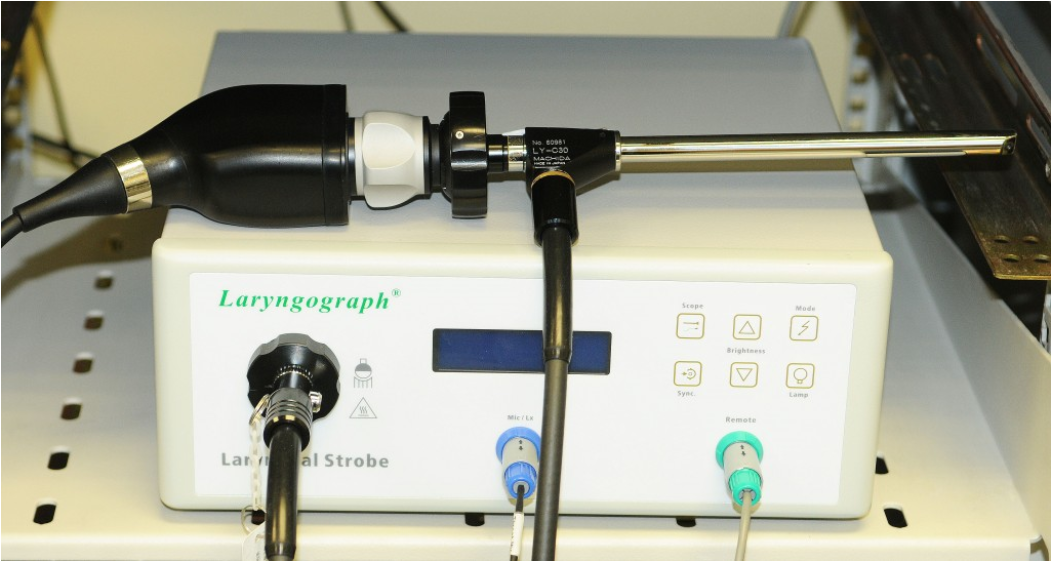Understanding What Causes Posterior Glottic Stenosis
Posterior Glottic Stenosis (PGS) is a condition where the vocal cords are fixed in a midline position due to scar tissue. This causes the glottic airway to narrow down significantly and limits vocal fold abduction and adduction. People with this condition should get treated at the earliest since its effects can be potentially fatal. Here is more information on PGS, its symptoms, causes, and possible treatment options.
What is Posterior Glottic Stenosis?
PGS is a harmful condition where the glottic airway is narrowed. It may be caused by fibrosis or fixation of cricoarytenoid joints (CAJ). The issue is mainly associated with intubation and can limit vocal cord motion. Consequentially, this can lead to voice and breathing problems. PGS may mimic several symptoms of bilateral vocal cord paralysis including voice changes, shortness of breath, and stridor (noisy breathing).
What Causes Posterior Glottic Stenosis
People with respiratory issues often need intubation and ventilatory support. For instance, during the global pandemic, there was a significant increase in the number of people dealing with acute respiratory syndrome. These and other patients suffering from acute respiratory compromise may need intubation. This is the most common cause of PGS. PGS is more common in patients who require high dose steroids, have GERD, are diabetic, or require prolonged or prone intubation. The risk of intubated patients developing stenosis (particularly patients who were intubated for five days or longer) is between 6% and 19%.
More rarely, a variety of autoimmune infectious conditions such as fungal infections, diphtheria, or syphilis can cause PGS.
Treatment Options for Posterior Glottic Stenosis
Stroboscopy is the best technique to determine if the patient is developing PGS.
Additional microbiological tests may also be used to detect the presence of infectious pathogens. The treatment options vary based on the cause and severity of the condition. In general, the earlier the intervention, the better the outcome.
In most cases, patients need special and individualized treatment plans to treat and manage PGS. This is usually surgical. The most prominent goal of all these treatment options is to optimize the patient’s airway along with the preservation of the patient’s voice and swallowing.
Medical management may be necessary in the case of PGS caused by infections and inflammatory diseases. Additionally, it is also vital to treat and manage the underlying medical condition. Poorly controlled diabetics are the most difficult patients to manage due to wound healing issues.
Surgical treatments for PGS include endoscopic or open scar excisions, posterior cricoid split, and rib grafting.
Early detection and treatment of PGS and its causes are crucial to keep it from worsening. Patients with posterior glottic stenosis may also have stenosis in other sites (below the vocal cords)
Dr. Elizabeth Burckardt specializes in microsurgery for voice and treating conditions related to the trachea and larynx. She has extensive experience in helping singers, voice coaches, and other professionals with voice care problems. If you’d would like to learn more about Posterior Glottic Stenosis, contact her!










